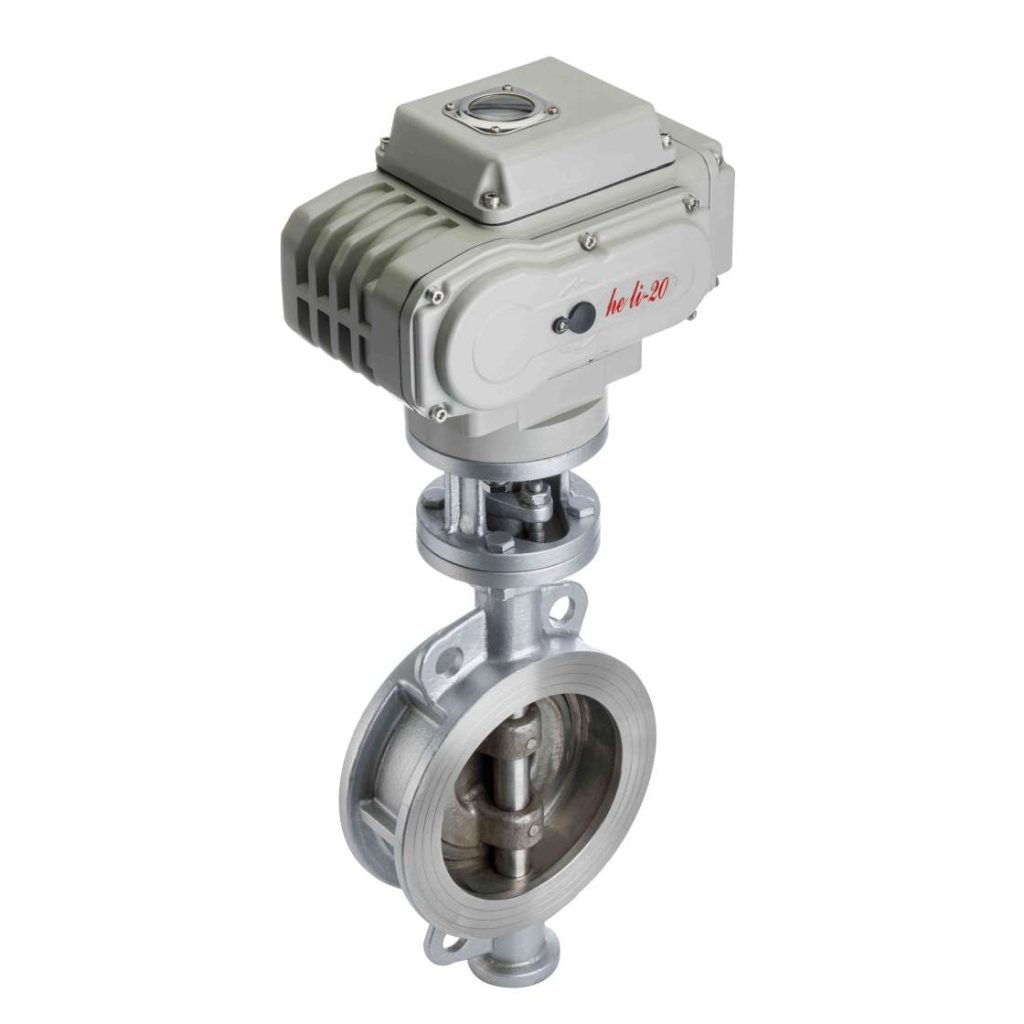In industrial processes where precise flow control is crucial, selecting the right type of valve is essential for ensuring efficiency, safety, and longevity of systems. Among the wide range of valves available, the WCB Electric Three Eccentric Butterfly Valve stands out for its innovative design and advanced features. This article delves into the importance of this valve, its design features, applications, and the benefits it brings to modern flow control systems.

What is a WCB Electric Three Eccentric Butterfly Valve?

The WCB Electric Three Eccentric Butterfly Valve is a type of quarter-turn valve designed to regulate the flow of liquids, gases, and slurries in various industries. The term “three eccentric” refers to the unique geometry of the valve’s disc and stem. This design is characterized by three offset points of rotation, which help to create a tight and leak-proof seal when the valve is in the closed position. The electric actuator provides precise control over the valve’s position, making it ideal for automated and remote operations. The WCB material refers to the valve’s body construction, typically made from carbon steel. This ensures the valve’s strength, durability, and resistance to corrosion, making it suitable for harsh industrial environments. The electric actuator can be powered by AC or DC current, allowing for efficient integration into modern electrical control systems.
